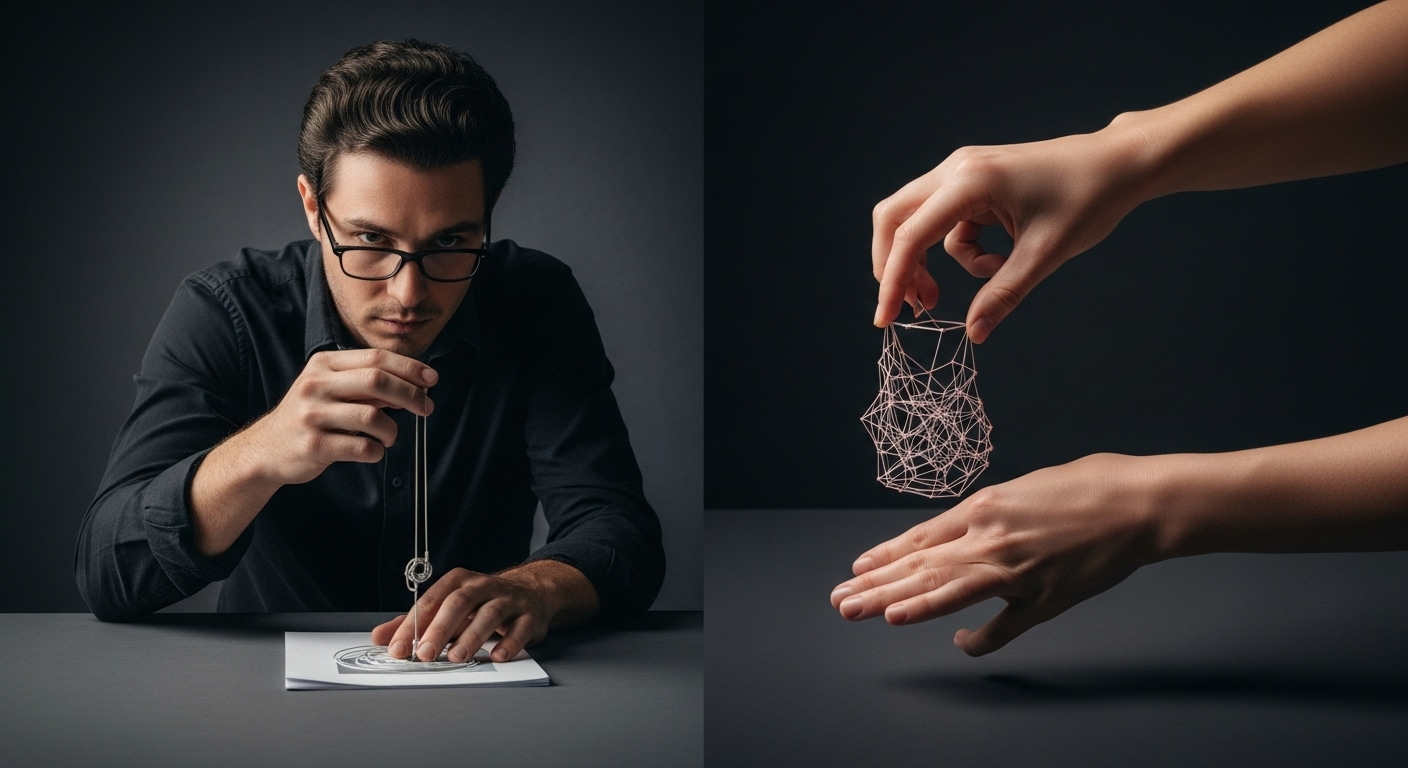3D Pens: Revolutionizing Creativity and Design
3D pens have emerged as innovative tools that blend artistic expression with cutting-edge technology. These handheld devices allow users to draw three-dimensional objects in mid-air, transforming imagination into tangible creations. As the popularity of 3D pens grows, more people are discovering their potential for both creative and practical applications. This article explores the world of 3D pens, their uses, and their impact on various fields.

What exactly is a 3D pen and how does it work?
A 3D pen is a handheld device that extrudes heated plastic filament, allowing users to draw and create three-dimensional objects. The pen works by melting plastic filament, typically ABS or PLA, and extruding it through a nozzle. As the melted plastic cools rapidly, it solidifies, enabling the user to build up layers and create 3D structures. The process is similar to that of a 3D printer, but with the added flexibility of freehand drawing.
What are the main applications of 3D pens?
3D pens have found applications in various fields, including:
-
Art and Sculpture: Artists can create intricate 3D sculptures and artwork.
-
Education: Teachers use 3D pens to illustrate complex concepts in subjects like geometry and engineering.
-
Prototyping: Designers and engineers can quickly create rough 3D models of their ideas.
-
Repair and Customization: 3D pens can be used to repair plastic items or customize existing objects.
-
Fashion and Jewelry: Designers are using 3D pens to create unique accessories and embellishments.
The versatility of 3D pens makes them valuable tools in both professional and hobbyist settings.
What materials can be used with 3D pens?
Most 3D pens use thermoplastic filaments, with the two most common types being:
-
ABS (Acrylonitrile Butadiene Styrene): Known for its durability and strength, ABS is ideal for creating sturdy structures.
-
PLA (Polylactic Acid): A biodegradable plastic made from renewable resources, PLA is easier to use and emits fewer fumes.
Some advanced 3D pens can also work with specialized filaments that incorporate wood, metal, or glow-in-the-dark properties, expanding the creative possibilities.
How do 3D pens compare to traditional 3D printing?
While both 3D pens and 3D printers create three-dimensional objects, they differ in several key aspects:
-
Precision: 3D printers offer higher precision and consistency in creating complex shapes.
-
Speed: 3D printers can produce larger objects more quickly than 3D pens.
-
Flexibility: 3D pens allow for more spontaneous creativity and on-the-fly adjustments.
-
Learning Curve: 3D pens are generally easier to use and require less technical knowledge than 3D printers.
-
Cost: 3D pens are typically more affordable and accessible than 3D printers.
Each technology has its strengths, and many enthusiasts use both for different purposes.
What are some tips for getting started with a 3D pen?
For those new to 3D pens, here are some tips to enhance your experience:
-
Start with simple shapes and gradually move to more complex designs.
-
Use stencils or templates to guide your initial creations.
-
Experiment with different speeds and temperatures to find the optimal settings for your filament.
-
Practice drawing in the air to improve your spatial awareness and control.
-
Clean the nozzle regularly to prevent clogs and ensure smooth operation.
With practice and patience, users can develop impressive skills in 3D pen artistry.
What are the top 3D pens available in the market?
When considering purchasing a 3D pen, it’s essential to compare features and prices to find the best option for your needs. Here’s a comparison of some popular 3D pens:
| Product Name | Key Features | Cost Estimation |
|---|---|---|
| 3Doodler Create+ | Dual Drive technology, variable temperature | $79.99 |
| MYNT3D Professional | Adjustable temperature, LCD display | $59.99 |
| Scribbler 3D Printing Pen V3 | Ceramic nozzle, slim design | $99.99 |
| 7TECH 3D Printing Pen | Temperature control, lightweight | $49.99 |
| LIX PEN UV | Ultra-slim design, USB charging | $139.99 |
Prices, rates, or cost estimates mentioned in this article are based on the latest available information but may change over time. Independent research is advised before making financial decisions.
3D pens have opened up new possibilities in creative expression and problem-solving. As the technology continues to evolve, we can expect to see even more innovative applications and improved designs. Whether you’re an artist, educator, or hobbyist, 3D pens offer a unique and engaging way to bring your ideas to life in three dimensions.




